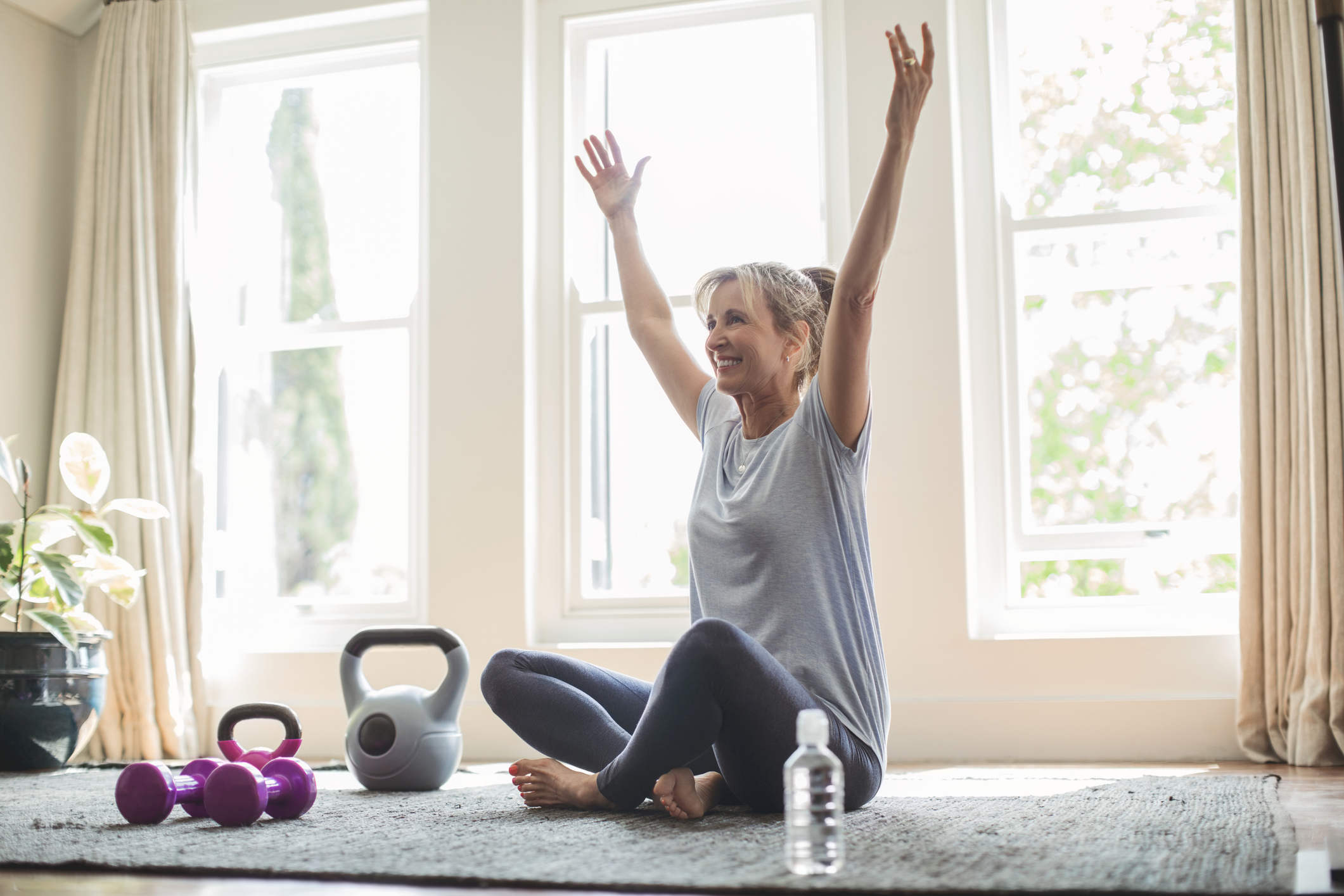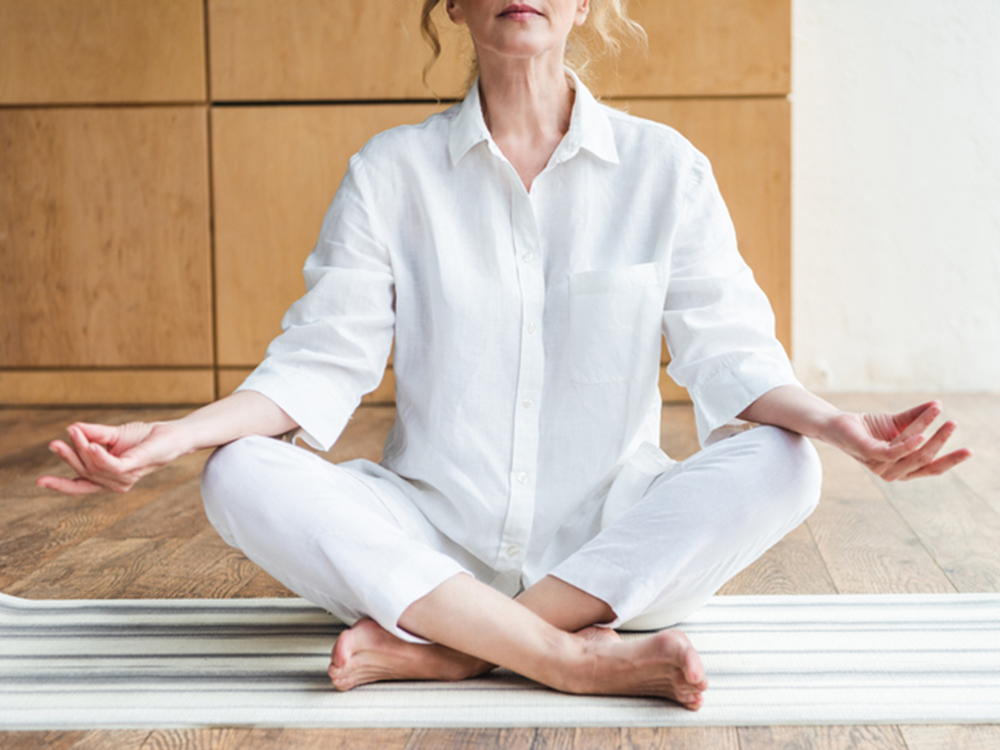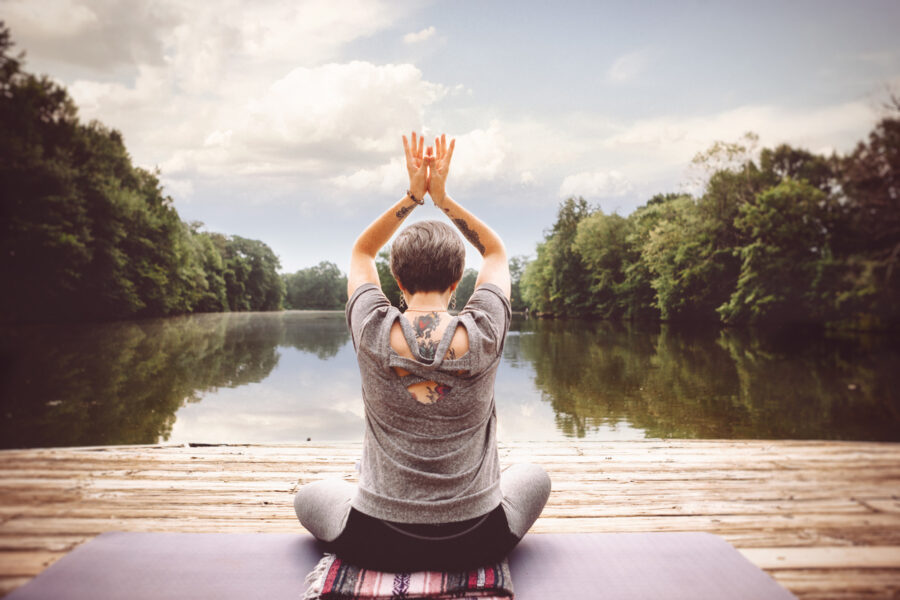Recent times have been tough on us all. This beginner’s guide to mindfulness and meditation could help you reset and rejuvenate.
We are hearing more and more about the benefits of practising mindfulness and meditation, but it can be difficult to know where to begin — especially if you’ve never encountered or even considered this kind of self-care before.
We paired up with the experts at Support Room to bring you a beginner’s guide to meditation and mindfulness. Practical and easy to understand, we hope it will help you find a little respite.
What is mindfulness?

You could say that mindfulness is an ability that we have lost over the years; our brains otherwise occupied with the trials and tribulations of daily life.
The activity is about learning to focus your thoughts, existing in the present moment, and developing a deeper awareness of your actions and behaviours.
How mindfulness and meditation can help

Mindfulness is the most natural state of being. But we must relearn how to connect our thoughts to the present moment to access it.
Many meditation techniques rely on the use of breath to bring us into the present moment. There is talk about the “emptying of the mind” but this is almost impossible.
Every single breath is entirely unique, like each flame in a fire. It happens once and once only. And this is what we learn to recognise. There’s a saying in yoga, ‘life isn’t a series of allotted days, hours or minutes; we’re prescribed only but a few breaths.’
Ujjayi meditation and breathing

Stage one of Ujjayi pranayama (according to BKS Iyenger) is about recognition and becoming aware of your breathing. Practice this awareness of the breath for as long as you like. Start with a minute or two of slow breathing, then extend the duration of your practice.
Here’s how to get in touch with the inner you through meditation.
- Lay down on the floor — if you can, prop your back up with a bolster or some pillows. You can do this while sitting. If you do, sit as upright as you can.
- Listen to the sound of your normal breathing. Notice the sound at the nostrils and within the throat and the chest. Observe that the in-breath sounds differ to the out-breath.
- Feel the breath as it touches the sinuses. The in-breath touches the inner, lower section of the sinuses, and the out-breath touches the upper, outer surfaces of the sinuses.
- As you breathe in, consciously inflate both lungs equally. Feel the rise of the ribcage and the expansion of the chest.
- As you exhale, consciously deflate both lungs equally. Feel the ribcage soften and gently fall.
- Listen to the sound of the breath and notice if it changes as you continue to practice. Aim for equal in-breaths and equal out-breaths. Notice that the out-breath brings quietness and calm to the front of the brain.
Continue the process for as long as you deem useful. Carry out at least three times per week to feel benefits. Visit Support Room for further advice.
Visit our health archives for more wellbeing advice, meditation guidance and self-care tips.








